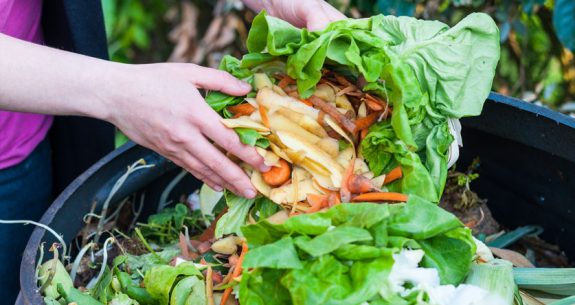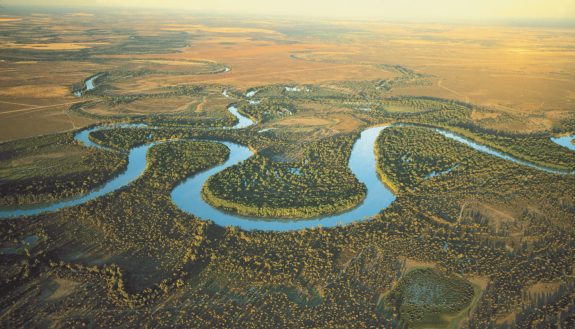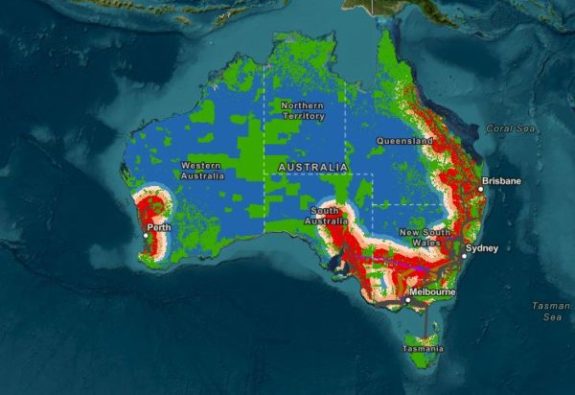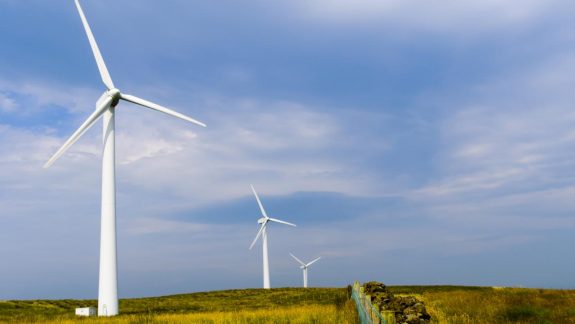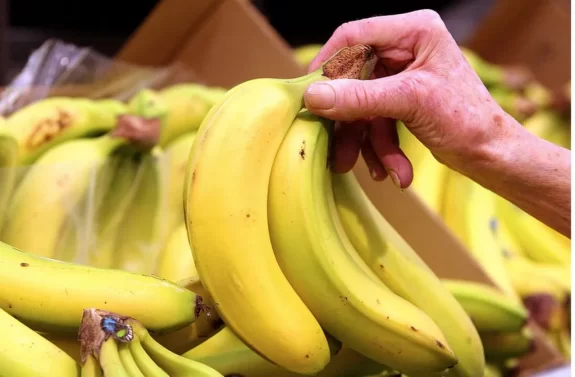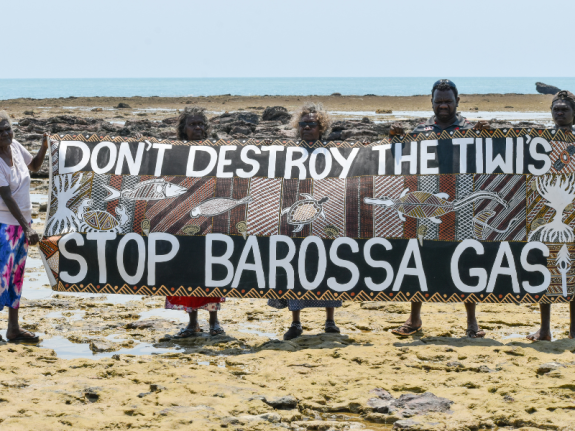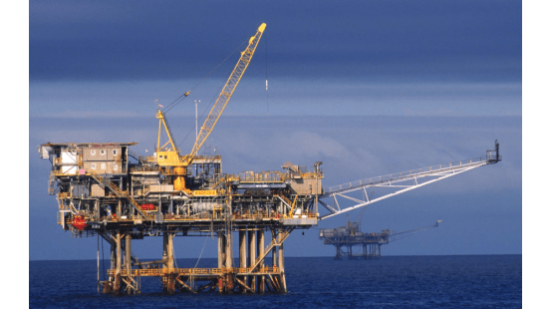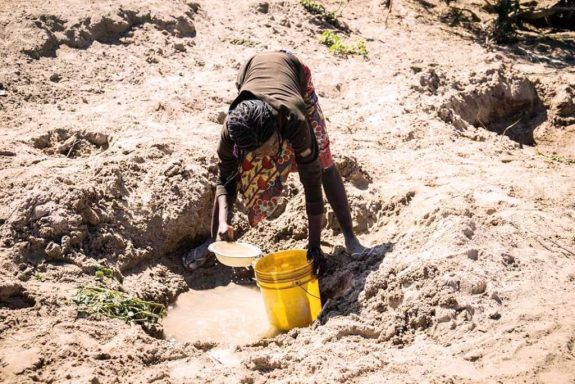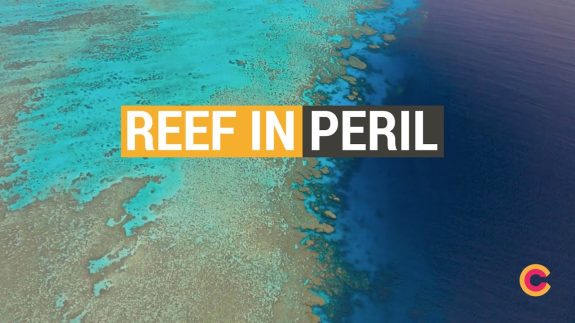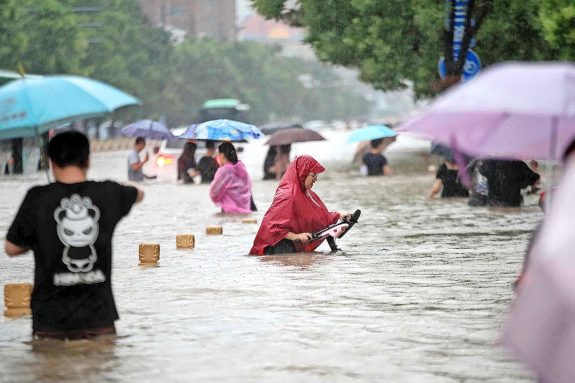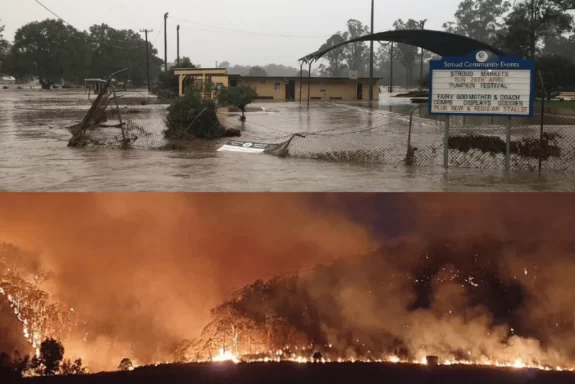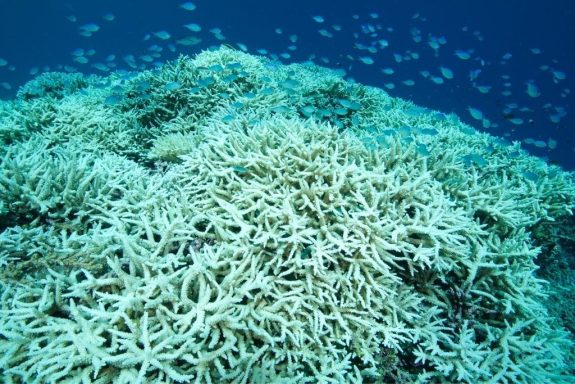The green-horned devil, “Mother of Dragons”, or 12P/Pons-Brooks, a dirty big snowball, larger than Everest, hurtles into view from the edge of the solar system every seventy-one years. And out. It’s pulled by our sun’s gravity, an invisible vaudeville hook, flashing by the rare blue jewel of earth, a nephrite jade orb and ion streamer trail. Look for it near Jupiter.
Is it an omen? A warning to beware the fifties? Especially as re-invented by Peter Dutton, Pauline Hanson, Clive Palmer, Barnaby Joyce, wee Donnie Trump and other populists’ cynical nostalgia tripping, scare-mongering and dangerous propagandizing?
Our populists are heavily invested in pretending that the 1950s, were a type of utopia. Strong leaders’ epic deeds confer certainty. You know the pitch. Big Men make history as corrupt elites cower in cowards’ corner. Best of all there is no wokery. Political correctness is yet to be invented. Blokes speak freely. Women keep mum. Tobacco relieves stress.
Strong leaders crush dissent, says Benito Dutton or that is what he implies. The neo-fascist in him alleges that our PM muffed his shot at responding strongly to October’s pro-Palestine protests, outside The Opera House. Part-time Pete shows up at work to say it is “weak” compared to big John’s strong words on the 1996 Port Arthur massacre.
Saint John Howard is Dutton’s archetypal strong man who, like St Patrick ridding Ireland of snakes, banished all the guns from Tasmania – or Australia. Yet, there are now more guns than ever. In 2019, The Australia Institute finds that the gun lobby per capita in Australia equals America’s, NRA. Not only do we own more guns, but there’s also a dramatic increase in multiple gun ownership. Yet gun club membership is declining.
If Dutt’s deathless oratory is more than a bromantic ode to Howard, the toxic dwarf who made Australia a meaner, narrower place, then it has us bluffed. Can it be – merely – that our corporate media will run the word “weak” on their “news” round ups on tabloid TV?
Are we also to see the return of Marlboro Man? (1954) Inspiration for the uber-masculine androgen-pumped “Marlboro Man” cowboy icon comes in 1949 from an issue of Life magazine. Previously the company is pitching “healthy” filtered cigarettes to women.
Fun fact. After Marlboro Man David McLean’s death from lung cancer, in 1995, his widow, Lilo McLean, sues Philip Morris, claiming her late husband’s cancer is a result of the fact that he had to smoke several packs of cigarettes during advertising shoots. Her case is dismissed. She is ordered to pay Marlboro’s court case costs.
Big tobacco is thriving. With a bit of help from its friends. Nigh on half of all tobacco lobbyists (48%) in Australia have formerly held positions in government, according to research into the revolving door tactic, used by Big Tobacco, published by The University of Sydney in 2023. Nicotine addiction is a killer. Our leading cause of death and disability, smoking kills over 20,000 of us each year.
Nostalgia is not what it used to be. The Mother of Dragons is a heaven-sent reminder that second world war and related disease and famine kill up to 85 million including civilians, who make up over 80% of Allied deaths. Countless others are still suffering in 1953, when the young princess Elizabeth, with her inimitably clipped microphone manner, a model of Received Pronunciation and a type of governess who knows the words for feelings but who is schooled in not letting any feelings show – is showing the flag in Kenya at the time, has greatness thrust upon her.
Her chain-smoking Papa, George VI, dies abruptly of lung cancer at age 56. Of course, a team of crack royal surgeons is on to it, whipping out a dud lung, in a pneumonectomy, in September 1951, whilst keeping the Big C secret from the King. Cancer quickly kills him.
“It was announced from Sandringham at 10:45 a.m. today, Feb. 6, 1952, that the king, who retired to rest last night in his usual health, passed peacefully away in his sleep early this morning.”
It is kept from his subjects. Cancer is left out of the announcement of his death; along with the truth of his empire’s terminal decline; just as the type of cancer afflicting his hapless grandson, Charles III, not so long to reign over us, must stay a mystery, lest the magic and mystique of royalty with its hallowed longevity and hereditary privilege be diminished.
Luckily, the resourceful phone-hacking flacks at The Daily Fail, The Mirror, The Tele and other monarchist, tabloid lap-dogging fish wraps of Little Britain, pivot to a cameo of a plucky Chuck halfway up a cliff in a basket at Mount Athos. Or purging on herbs, as he seeks a cure in alternative medicine from Archimandrite Ephraim, an Orthodox mountebank with a hotline to God to rival the late, great family favourite, Rasputin, who was a pillar of strength to Charlie’s Great Uncle Tsar Nicky II and his haemophiliac son.
Alternative medicines are cool and are great clickbait for the mass followers of the growing anti-vax-anti-science cult, our current, toxic popular wave of mass superstition.
But it ends badly for the Romanovs, despite appointing Grigori Rasputin as family healer and a spot in government. Nicky’s cousin, George V, refuses to grant them asylum in England. Team Dutton would totally understand. Only nine years earlier, they’re holidaying together on the Isle of Wight, writing tender, long, letters signed “Nicky” and “Georgie”.
Plans are afoot to put Nicky up at Balmoral, but Georgie changes his mind with the help of Private Secretary, Lord Stanfordham. The royal minder points out the risks of two top monarchies in one UK, offending Britain’s Bolshevik sympathisers and adds that Nicky’s wife, Tsarina Alexandra, is German and England is at war with Germany. Alexandra is Queen Victoria’s granddaughter – so no close family bonds at all.
No asylum leaves the Bolsheviks free to murder the entire Romanov family in April 1918. The Romanovs were assassinated in case they were rescued by White Russians.
Some members take thirty minutes to die. It is a brutal, disorganised slaughter, much as is currently taking place in the IDF’s raid on Palestinians kettled up in the Nur Shams’ refugee camp in the city of Tulkarem in The West Bank. Or in what remains of Gaza.
Peter Dutton would also approve of strong man, Joseph Stalin, another man of steel, who, naturally, has a Marlboro Man tobacco habit, for the ways he crushes dissent, as he wrests totalitarian control from Old Bolsheviks and eliminates most of their leaders and engineers the deaths of millions in a dynamic of show-trials, spies and a witch-hunting persecution.
Jovial Joe is a dab hand at repression. His tyranny leads to the “… direct and indirect deaths of an estimated twenty million people through starvation, executions, and forced labor camps.” But by 29 May 1953, things are looking up.
In 1953 Stalin will gasp his last, while lanky, Kiwi cow-cocky and bee-keeper, ex- RAF navigator, Sir Edmund Percival Hillary, a non-smoker, drags all 6’5” of himself atop Chomolungma, Mother Goddess of the Earth, as Tibetans know Everest, and stands with one foot in Nepal and the other in China, on a blizzardy ridge at the icy summit 29,031 feet above sea level with the help of the enigmatic man who embodies contested nationality, Namgyal Wangdi, known also as Tenzing Norgay from the Indian hill town of Darjeeling, once a summer retreat from the heat of Kolkata, for pukka sahib, colonialists.
Why climb Mount Everest? Hillary did not foresee the stampede that ensues.
“We thought that since we’d climbed it, people would lose interest.”
It’s unlikely that the boys climb Everest, then set about to salute the green devil. But you do get a better view on top of the world’s highest mountain. Provided you take your goggles off. And you are not enveloped in a blue fog of tarry pipe tobacco smoke. Is it emblematic of man’s disastrous urge to combat nature? Or ambition for life-enhancing kudos?
It is Norgay’s sixth crack at the summit, and he has valuable tips on The Mother to help Edmund Hillary. Other secrets and mysteries remain to this day. The non-smokers carry 15,000 cigarettes in their kit. Accounts merely, cryptically, note that Colonel John Hunt and Dr Charles Evans, his deputy leader of the expedition were veteran pipe smokers.
Is Tenzing Norgay a great man or merely a loyal servant? Hillary gets a knighthood from thin Lizzie who loves tall men. His image is everywhere- coins, stamps, portraits, streets are named after him in New Zealand, but his guide cops it from bitter village rivals, jealous of his success when the pair descend from the realm of the goddess to the world of men. Neither climber is expecting to become a celebrity. Nor welcomes any of it.
“I thought if I climbed Everest whole world very good … I never thought like this.”
The rise of the modern nation state is neither smooth nor simple. Being Indian by choice and long residence, Nepalese by birth, and Sherpa – Tibetan, by stock is common for men in the shadow of Chomolungma. Whilst he carries both Indian and Nepalese passports, India and Nepal fight to claim him, a fight which India, of course wins.
A tip from Charles Darwin. “It is not the most intellectual of the species that survives; it is not the strongest that survives; but the species that survives is the one that is able best to adapt and adjust to the changing environment in which it finds itself.”
If it were a sentient being, the green devil would wonder anew at the blue jewel, a youngster only 4.5 billion years old- yet already faltering under the legacy of seven decades of despoliation. In 1953, Oil and tobacco companies are putting their heads together, downplaying the dangers of smoking and climate change. They share researchers, strategies and tactics to con the population into nicotine and fossil fuel addiction.
Humans have been around for 140,000 years. Or 2.5 seconds if we compress the life of earth into twenty-four hours. Conceptual artist Anya Anti writes:
“In 2.5 seconds, we’ve become the dominant species with a rapidly growing population, causing a catastrophic environmental impact …three-quarters of Earth’s land surface is under pressure from human activity. In just 2.5 seconds, we’ve turned the planet into our own personal factory.
And our personal dumpster. Hillary again:
The South Col, at 26,000 feet, is the highest rubbish dump in the world. Included up there are cans, torn tents, oxygen bottles and the rest of it – and a few dead bodies. So, it may be quite a few years before, (a) all expeditions bring off everything they bring up, and (b) all the stuff from previous expeditions is cleared off and out.
“From the 1950s onward, the oil and tobacco firms were using not only the same PR firms and same research institutes, but many of the same researchers,” Center for International Environmental Law (CIEL) President Carroll Muffett says in a statement.
“Again and again, we found both the PR firms and the researchers worked first for oil, then for tobacco. It was a pedigree the tobacco companies recognized and sought out.”
The Mother of Dragons’ visit from 1953 gives us a chance to gaze skyward in wonder at our fleeting celestial guest, the size of Everest. If only we could also drag our leaders away from our national bondage to oil, tobacco, and corporate news companies to look in earnest at abating the damage already done by fossil fuel companies sharing tobacco industry tactics.
We could also take the opportunity to repudiate populists’ facile arguments for strong leaders and suppressing our humanity or what can go wrong when like George VI, we repel asylum-seekers; while allowing a moment’s reflection on how best to call out the entrenched power of the tobacco lobby and the anti-climate change brigade.
Unlike the comet, our planet will not bounce back in seventy-one years.
Like what we do at The AIMN?
You’ll like it even more knowing that your donation will help us to keep up the good fight.
Chuck in a few bucks and see just how far it goes!
Your contribution to help with the running costs of this site will be gratefully accepted.
You can donate through PayPal or credit card via the button below, or donate via bank transfer: BSB: 062500; A/c no: 10495969

